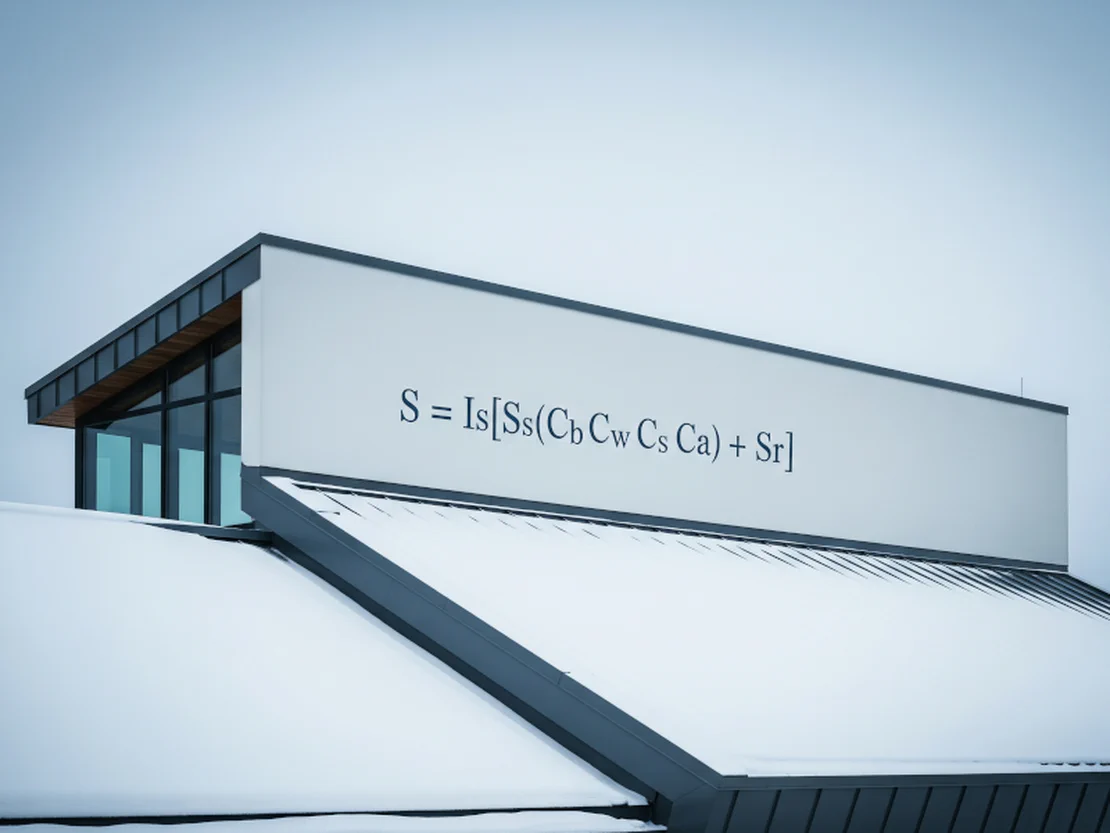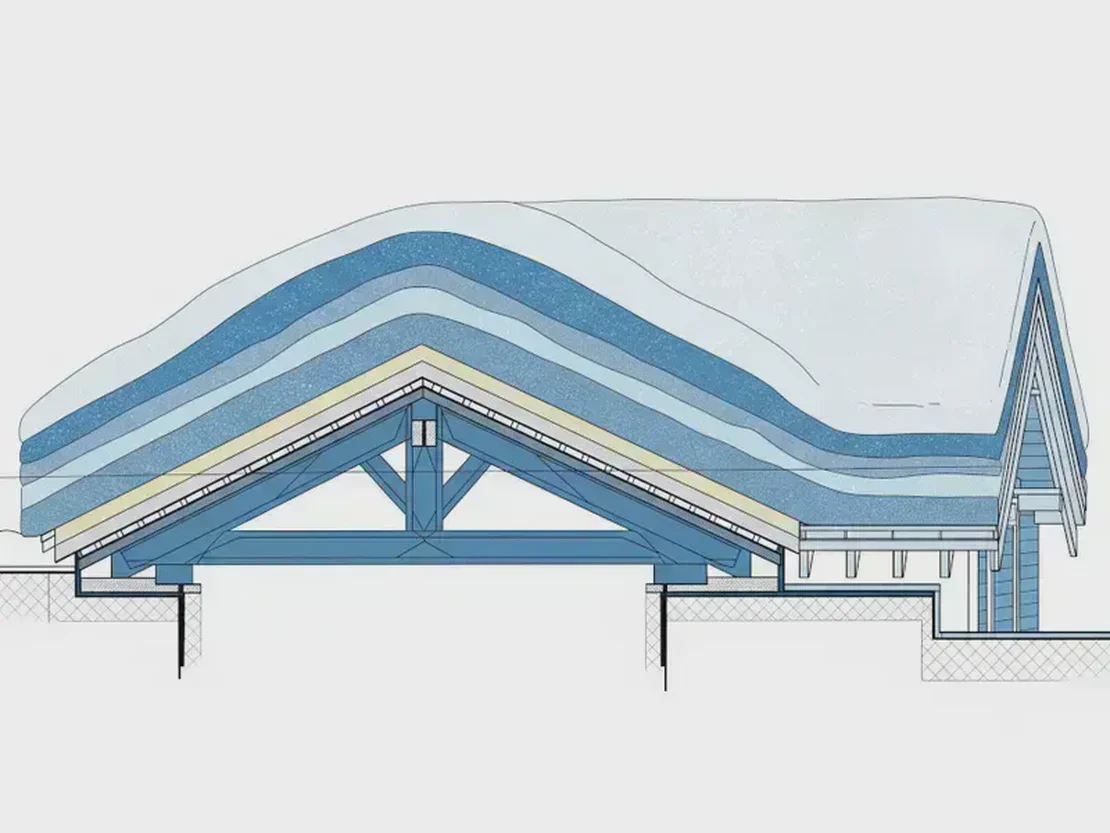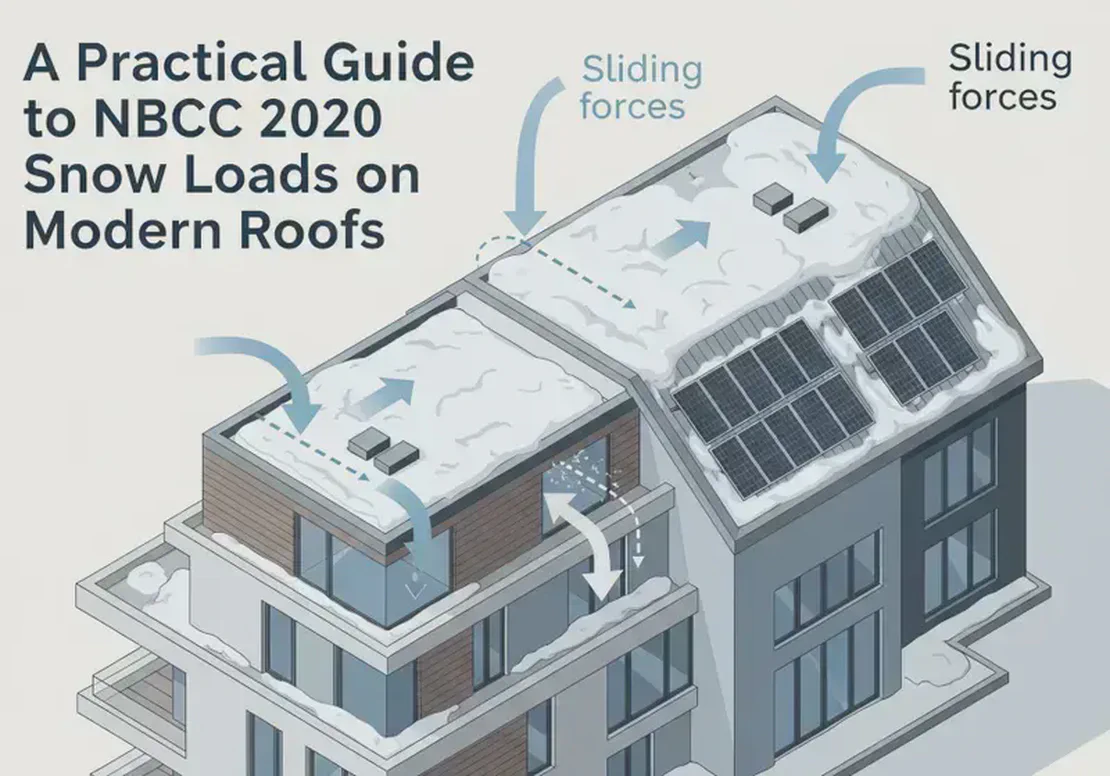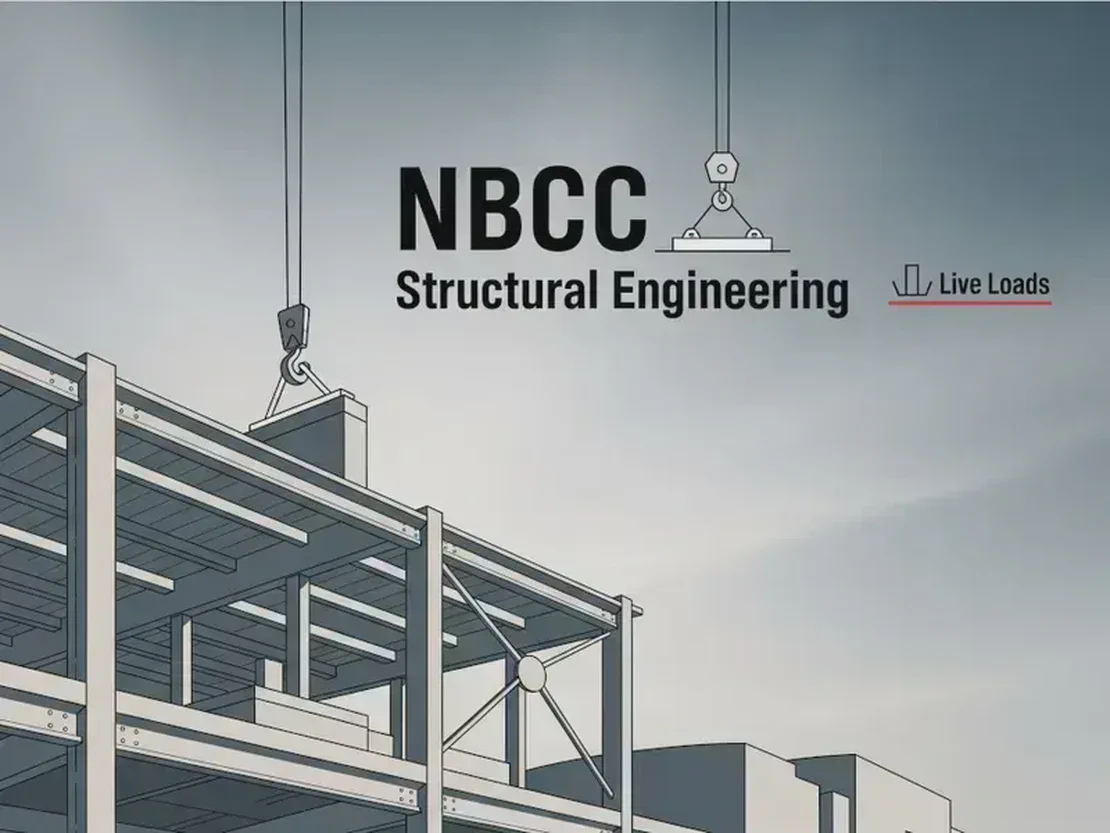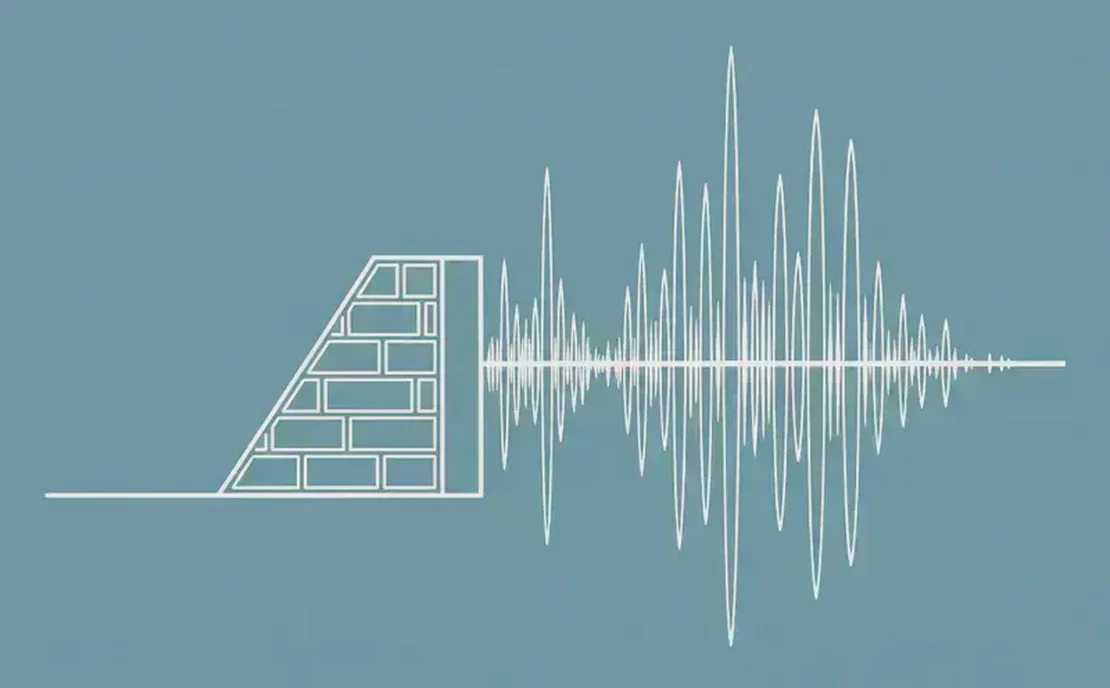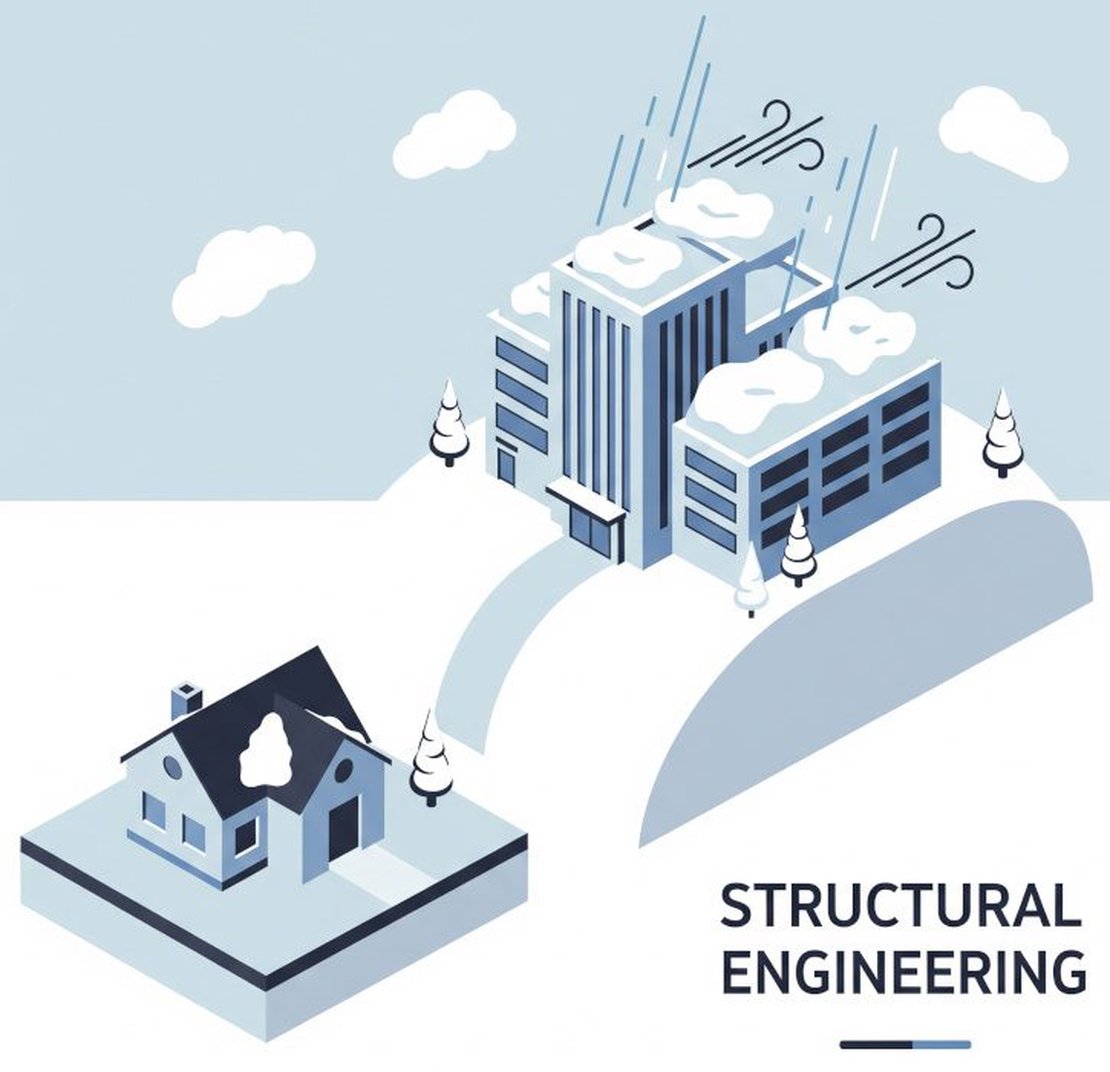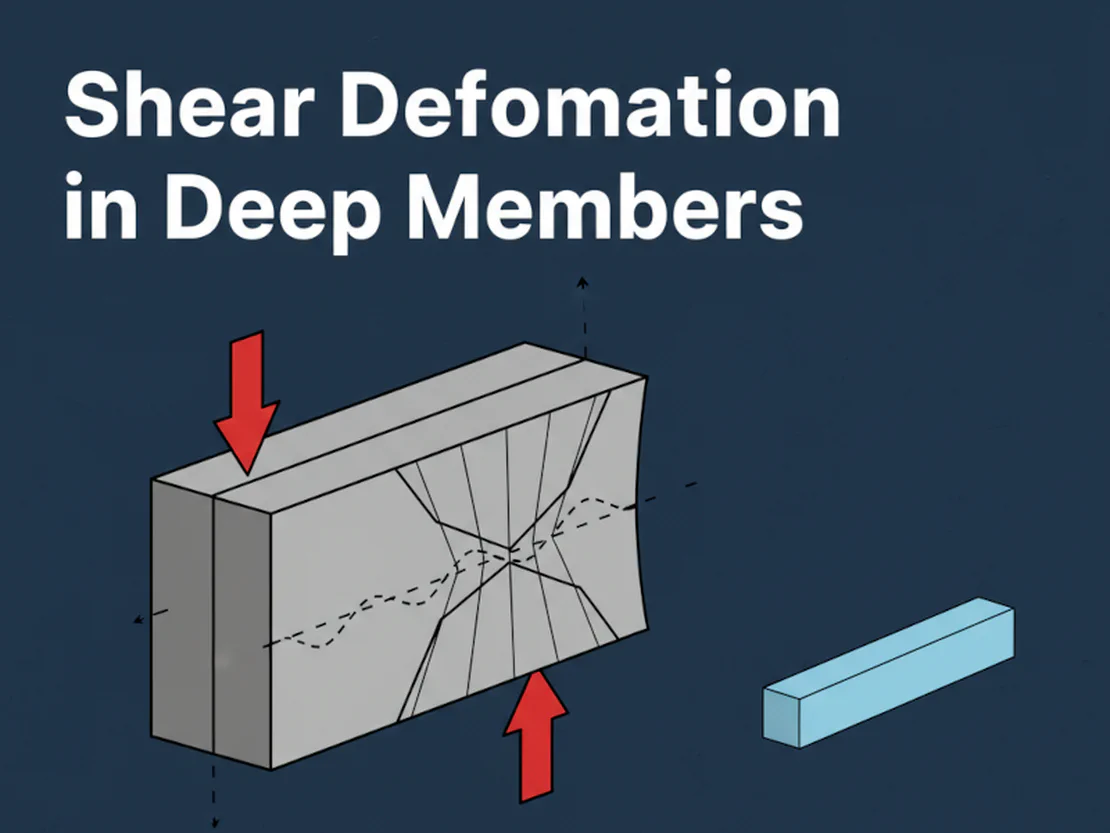
Most of the time, our building beams are slender enough that shear deformation is an afterthought. We worry about flexural stiffness, slap on a deflection limit, and move on. But as soon as you start working with deep transfer girders, perimeter spandrels, or short plate girders, ignoring shear deformation can quietly under-predict drift and member demand.
...